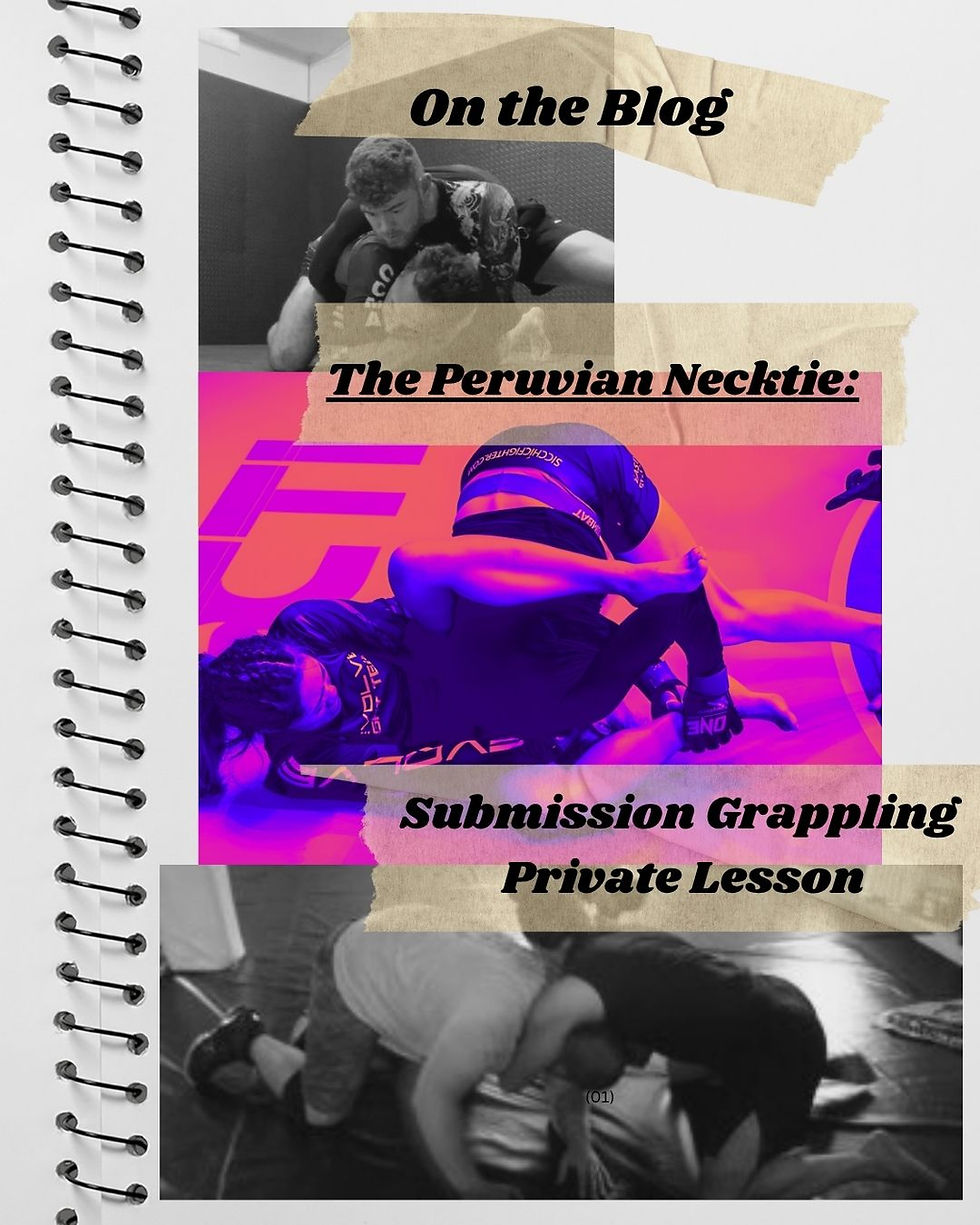The Sixth King or Joe Louis Cleans House! (diary entry)
- jamie03066
- Jun 16, 2021
- 10 min read
15.06.21
Tonight’s fight history lesson looked at the emerging career of Joe Louis in relation to the five world heavyweight champions that preceded him.
Joe Louis had disproportionately large fists, like Dempsey he had wide shoulders and a narrow chest. He had an all over athletic physique with particularly muscled limbs. Many, including his own trainers, considered him to be a manufactured fighter. He stood in shoulder width stance with lead toe in line with rear heel for stability and seldom, if ever, deviated from this stance. He had a slight backward bend at the waist to take the head off-centre. He carried his weight over the rear leg allowing for greater acceleration of the rear hand – his best punch. Held a higher guard than most fighters (increased after the Schmeling fight) and was a stickler for keeping his elbows in tight to prevent telegraphing. Right hand was kept off the chest in an open with the palm facing the opponent to better parry or catch jabs. His left hand was in line with lead toe, keeping it on the offensive.
Louis was a minimalist in his approach to boxing. He picked his punches and was very economical in his movements. He used small, sliding and shuffling steps that maintained his balance when pressuring an opponent. His stance allowed him to simply dip to the right to evade incoming jabs. We would often use the slip to set up his right hand. He would also often simultaneously slip and jab and parry or catch a jab to return a jab. His rear hand was also used as defensive and set up tool where he would trap an opponent’s lead hand before throwing a jab or lead hook. He also used his jab to slap-down parry an opponent’s right. Louis’s checking lead hook was used by drawing an opponent forward. He would also often bait with the same hand. The hook was often thrown with a back foot pivot rather than pivoting off the front foot. He would push off the back foot too moving out of the way – a technique also used by Floyd Mayweather Jnr. Favourite combinations included the simple one-two jab/cross and the jab/lead hook. However, I have noticed he finished both Carnera and Baer with a right cross or overhand/lead hook combination.

Carnera, coming off four victories since losing the world title, had become a symbol for Mussolini. Fascist Italy was poised to invade Ethiopia and this match was sometimes promoted as being symbolic of this struggle. Louis, who had just turned 21, was giving up nine inches of reach and 65 lbs. Carnera tried to use his jab to keep Louis off. Louis worked Carnera’s body because he couldn’t get to his head. The strategy was to get Carnera to drop his arms. Louis won all but round 4 of the match by a wide margin according to the United Press. Round five saw Louis really dominate and Carnera lose his jab. Round six resulted in three knockdowns once Louis had reached Carnera’s head. The referee stopped the fight and it was described as an act of humanitarianism. This was Louis’s 20th win (17 by knockout).

Baer had just lost the title on a point decision to James J Braddock. Baer entered the fight with a broken right hand and a bone chip in his left. His manager begged him not to fight with these injuries. He was given a shot of Novocain in his right hand, but the fight was delayed by 45 minutes due to rain the effects started to wear off.
Round one saw Baer try to out-brawl Louis with a two-fisted wading. Louis was too fast and won the exchange. Baer covered up and used his cross-guard. Louis kept the pressure up. Baer started using a pawing jab in defence.
This defence resumed in the opening of round two. There was regular use of the slip jab against Baer in round two. Baer attempted an aggressive onslaught. This was probably his best round.
Baer clinched in round three and landed with an uppercut. Louis fought back and went to the outside only to clinch again. This time he dominated the in-fighting. Baer went down for the first time in his career when Louis hit him with two rights to the head. Baer was up at nine, but Louis knocked him down again with three lefts to the jaw. Baer was saved by the bell.
Round four was largely fought from the outside with Louis completely in control mainly landing jabs. Baer knocked out on his knees by an overhand right/left hook combination for the knockout. Two time-keeping mistakes: 74 second rest between three and four instead of 60 seconds and round four ended at 3:09, meaning that Baer should have been saved by the bell.
Max Baer: "I could have struggled up once more, but when I get executed, people are going to have to pay more than twenty-five dollars a seat to watch it."
Joe Louis: "I wanted this to be a quick fight."
Max Baer: "I define fear as standing across the ring from Joe Louis and knowing he wants to go home early."

After losing the title to Carnera, Jack Sharkey had six more fights, losing three, drawing one and winning two. This was to be his last fight and he got 25% of the gate. Louis was the 4-1 favourite. Louis had just lost to Schmeling two months previously and the hope in Sharkey’s camp was that Louis was now gun-shy and demoralised by the upset.
Louis comes out hard early. Sharkey was visibly heavier in his legs and over the hill, but used body feints, tied Louis up and used as much upper body mobility as possible, including rolling with the punches.
Round two saw Sharkey moving in with bobbing and weaving modelled on Dempsey. Louis dominated with the slip/jabs and parry jabs. Sharkey tried to tie up but Louis moved to the outside and kept picking shots. Sharkey was up against the ropes again. Working around the edge of the ring with his back against the ropes, Sharkey got set up with a pawing jab immediately followed by a basic jab and a solid right cross, knocking him down. He rose at seven, but was immediately pummelled back into the ropes and another left/right combination sent him to the canvas. Louis came back in again, but this time Sharkey was off the ropes and clinching. He even got in a right uppercut and left hook inside the clinch. Sharkey was now at the highest point he would get during the fight. As Louis moved to the outside to continue picking off his shots, some of Sharkey’s old swarmer instinct returned and he repeated his clinch and inside punching.
Round three started from the outside and Louis closed in fairly quickly with a right cross down across his jaw that staggered Sharkey immediately followed by a shorter one that sent the old crowder through the ropes. He beat the count but Louis was on him for the finish. The Brown Bomber closed in with a pawing jab that he followed up with his lethal right cross. Amazingly, in one final moment of technical skill, Sharkey weaved out of the way, but a good left hook caught him on the way up. That was immediately followed up by a feint with the right from Louis, a shovel hook to the liver, a left hook, a clean right uppercut to the chin, another left hook and a right cross. Sharkey was down and out.

James Braddock had achieved the sort of thing that books and films are made of and certainly were after beating Max Baer. After winning the belt in 1935, Braddock had been scheduled to first face Baer in a rematch. However, Baer had lost to Louis. After Max Schmeling handed Louis his first defeat Braddock was set to fight him in 1936, but he had to pull out due to his reoccurring hand injury. Now, after seven straight wins, Louis was well and truly back in the picture.
Braddock was also a puncher-boxer and an intelligent tactician. He had seen what Max Schmeling had demonstrated and clearly hoped he could land his right hand on Louis when he lagged with his jab. In round one it looked like the miracle was going to happen and lightning was going to strike twice for Braddock. After even exchanges from the outside the two clinched and an aggressive rally on the inside saw Braddock take a clean right to the side of the head and return with a right uppercut to the chin that sent Louis down. Louis was up, escaped to the ropes and the outside fighting resumed.
Round two was more even and could have easily swapped places with round one in the way the two outside boxers were feeling each other out. Then with seconds to go Louis tagged Braddock with a jab before launching a tight one-two. Braddock clinches and Louis ducked out of it, landing with a solid overhand right. He pressed forward again and Braddock stiff-armed him away.
Round three began much the same way as the previous two rounds with the two boxers circling each other trying to score jabs. Early on Braddock, sporting a split eyebrow, appeared to be the more aggressive. However, he was missing more and being countered by Louis’s trademark slips, parries and catches. There appeared to be some attempts to spoil Louis’s attacks, but Braddock seems to have trouble reading him. Certainly the Brown Bomber was not offering his chin in the way Braddock had expected.
Round four saw Braddock seemingly a little frustrated with Louis. They trade quite a bit. Braddock tries to break through Louis’s guard with hooks as well as straights.
Round five: There was lots of tactical work on both sides with a good variety of right hands. Louis edged it with his jabs regularly landing on target.
Round six saw Braddock come in hard again but succeeding in tiring himself. His hooks were landing on Louis’s arms and Louis kept batting away with the jabs as the separated. Whilst in the clinches, Louis worked away with powerful uppercuts.
Round seven had Louis well and truly in control of the fight now. Braddock was bravely coming forward, but Louis was content to circle round and keep hitting.
Round eight saw a visibly tired and hurt Braddock lumber after Louis who was now scoring at will. A left liver shot followed by a right cross sent Braddock down for the count.
Braddock: "When he hit me with that left-right combination, I could've stayed down on the canvas for three weeks."

Known as “The Fight of the Decade”, this was Joe Louis’s fourth title defence. He insisted on it despite apprehension and protests about Schmeling representing Nazi Germany. Louis said he wasn’t a champion until he beat Max Schmeling. Louis was still the 3-1 favourite (previously 10-1).
Schmeling walked to the ring under a hail of rubbish thrown by the American audience. Louis drove into Schmeling from the beginning and began to land his jab. Schmeling tried to use a measuring/pawing jab to set up his right and attempted a counter similar to the last time they met, with his right hand cocked, but this time Louis had learnt from his mistake. Louis drove him back and continued to land lefts, hooks as well as jabs. Schmeling landed one good clean right, but this would be last time. They clinched shoulder to shoulder and Schmeling worked to get his rights in, but Louis punched his way out with his own hooks.
Louis fought Schmeling back into the ropes and let fly with shots to the body. Slow motion revealed the champion being stiff-armed by Schmeling at first and missing with a big lead upper cut. He then scored with a powerful right uppercut, a short left hook, missed with a right hook, landed a short jab and a tremendous right hook to the jaw. Schmeling fell sideways into the ropes. Louis then posted off Schmeling before sending a short right hook into his ribs followed by a solar plexus punch that would have brought a smile to Bob Fitzsimmons face. Louis then missed with a left hook but turned it into a pawing jab, setting up for another short hook to the body. Schmeling tried to cover up and even resorted to grabbing the rope and turning away. There were reports that Schmeling screamed out in terror at this stage. Schmeling admitted he did scream, but it was down to a kidney shot he received – presumably that last short right. Another left went into the body aimed at the liver although it might have been blocked by Schmeling’s arm. Louis then sent the same left up to Schmeling’s face that his opponent somehow dodged and followed it up with a direct hit to his jaw with an overhand right. This last combination was repeated again with similar results.
With Schmeling defenceless, his knee began to buckle following another overhand right. The referee stepped in. He counted one and let Schmeling move forward. Louis used his slap-down parry/jab to get through his opponent’s cross guard and land a very neat chopping right to the jaw, knocking Schmeling down. Schmeling back up instantly but was visibly shaken. Louis hit him with his jab/lead hook combination followed by a series of left right hooks sending Schmeling onto his hands but quite down. The referee momentarily separated them.
Louis moved in again this time with a pawing jab, which Schmeling tried to stiff-arm only to have it cleared by Louis’s right. Louis came back with the pawing jab and then hit with a right hook to the body then a left hook to the chin then a right to the jaw for the final time.
According to the New York Times, the last time “Schmeling's trainer and closet friend, Max Machon, hurled a towel into the ring, European fashion, admitting defeat for his man. The towel sailed through the air when the count on the prostrate Max had reached three. The signal has been ignored in American boxing, has been for years, and Referee Arthur Donovan, before he had a chance to pick up the count in unison with knockdown timekeeper Eddie Joseph, who was outside the ring, gathered the white emblem in a ball and threw it through the ropes.
“Returning to Schmeling's crumpled figure, Donovan took one look and signalled an end of the battle. The count at that time was five on the third knockdown. Further counting was useless. Donovan could have counted off a century and Max would not have regained his feet. The German was thoroughly "out."













Comments